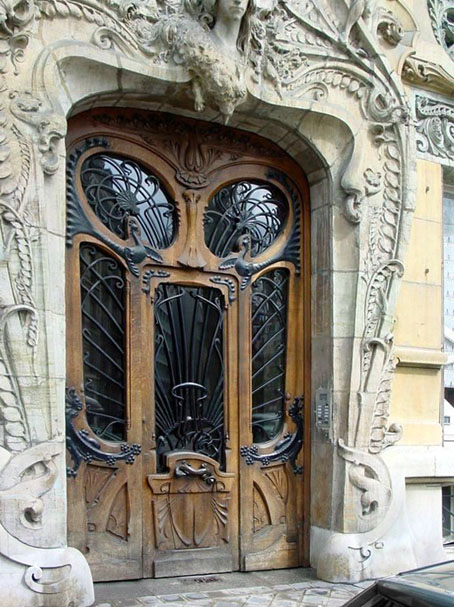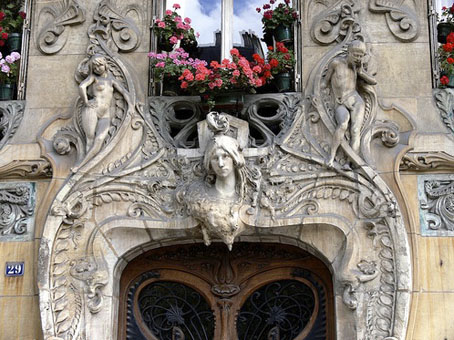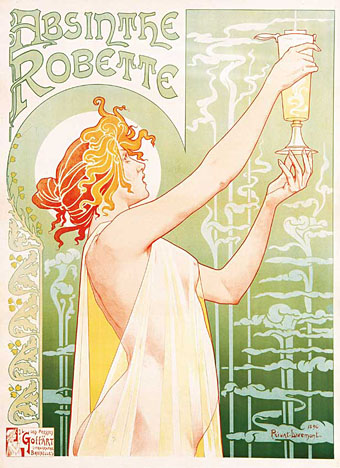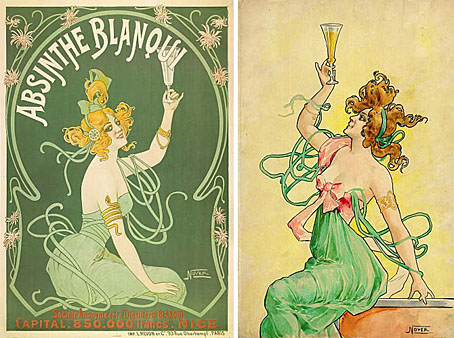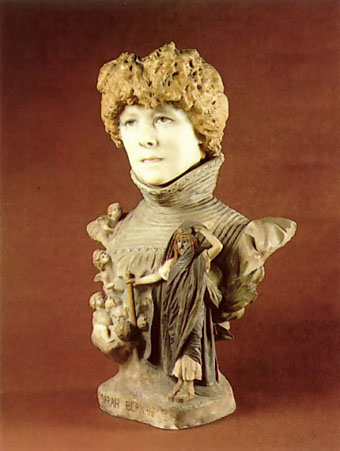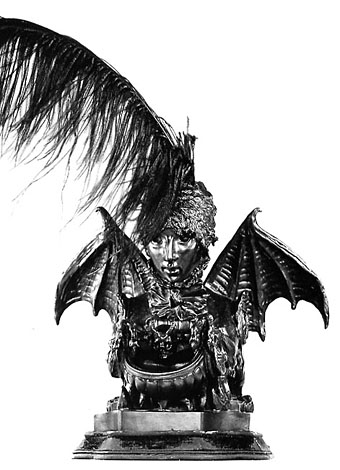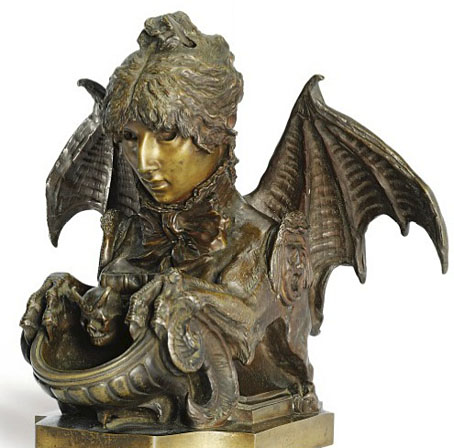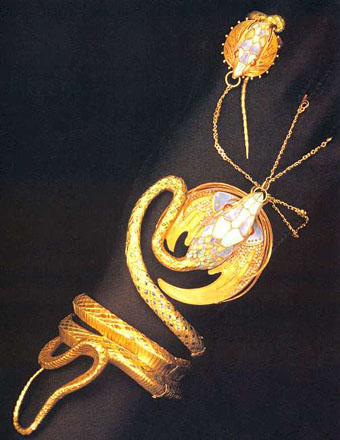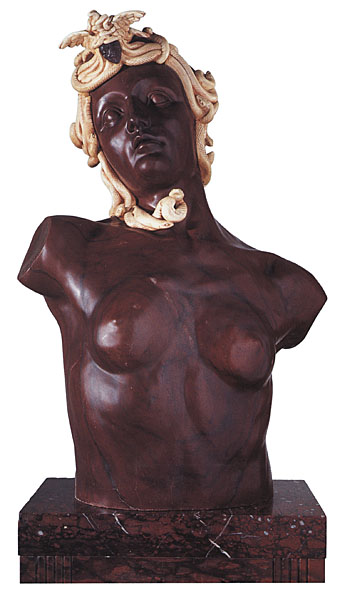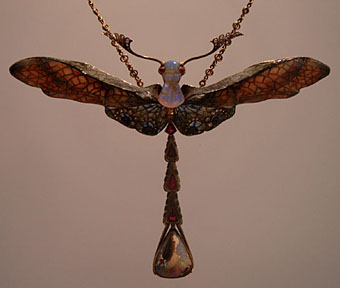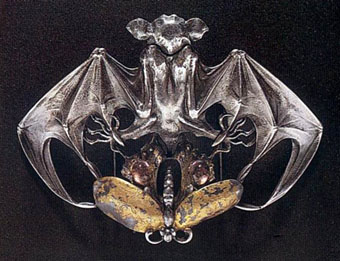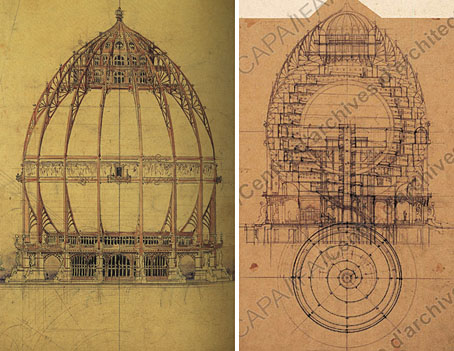
Globe terrestre.
More exposition mania. The Paris Exposition Universelle of 1900 would have been more grand/fabulous/excessive (delete as appropriate) if architect Louis Bonnier had been given free reign. The building above was intended to stand before the Palais du Trocadéro and house a huge globe which visitors could peruse from surrounding galleries. Bonnier also designed a series of kiosks (below) for different exhibitors which look more like over-sized Art Nouveau ornaments than pieces of architecture.
Three of these pictures are scanned from a book; the only site I found with examples of Bonnier’s work was this one which unfortunately spoils the pictures with enormous watermarks.
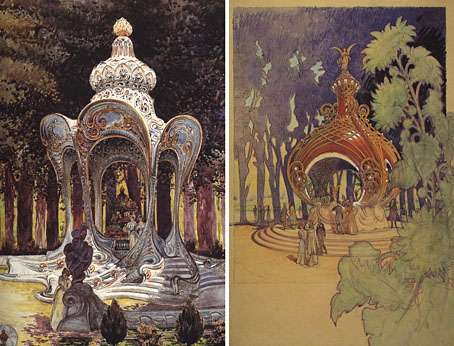
Exposition kiosks.
Previously on { feuilleton }
• Exposition Universelle, 1900
• The Maison Lavirotte
• The Palais du Trocadéro

